Here’s why you should learn Python for your first programming language
Python is a widely used high-level interpreted language known for its ease of use and readability. It was released on February 20, 1991, by Guido van Rossum, who wanted to create a language accessible to everyone.
There are so many opportunities in the job market for programmers, and Python is one of the most popular languages out there. It’s also relatively easy to learn, which makes it perfect for beginners!
Why Python?
Python is a widely used high-level interpreted language with many modules and libraries, making it an excellent choice for your first programming language. It is easy to learn for beginners due to its simple syntax, and you can use it on Windows, macOS, or Linux operating systems. Additionally, you can use Python in web development, scientific and numeric computing, and software development.
Here are the reasons why you should Learn Python as your first programming Language:
-
Python is highly readable
Python is easy to read and understand, making it suitable for beginners. Since the instructions are straightforward, there’s no need to memorize complex syntax rules or learn new programming concepts from scratch. As long as you know English, learning Python will be pretty fast since you will spend most of your time understanding the code, not figuring out how to write it.
-
Python is versatile
You can use Python for various purposes, from developing desktop applications to creating websites and web applications. Python has modules and libraries to do complex tasks with relative ease. It made Python an excellent choice for both beginner and experienced programmers alike.
-
Python is one of the fastest-growing programming languages
Python has a straightforward syntax for beginners while still allowing developers to write code that runs incredibly fast.
In addition to its popularity, Python is also one of the most commonly used programming languages in AI and machine learning projects. It means that if you’re looking to get into either of those fields, learning Python is a must.
-
Career-Opportunity
Python skills are sought by employers all across industries, making it an excellent language to learn for career opportunities. Additionally, Python offers a wide range of libraries and modules that ease you to do complex tasks. So if you’re looking for a powerful and versatile programming language, Python is a great choice.
So, there you have it! Four reasons why Python should be your first programming language. It is a universal language that you can use for various purposes, from web development to scientific computing.
Explore and Learn Analytics Program with Imarticus Learning
Industry specialists created this Machine Learning with Python course to help students understand real-world applications from the ground up and construct strong models to deliver relevant business insights and forecasts.
Course Benefits For Learners:
- This Python tutorial is for recent graduates and early-career professionals who want to further their careers in Analytics, the most in-demand job skill.
- Students can participate in fascinating hackathons to solve real-world business challenges in a competitive scenario.
- The case studies cover many aspects of the analytics and python tutorial to help students grasp real-world business challenges.
Contact us through chat support, or drive to one of our training centers in Mumbai, Thane, Pune, Chennai, Bengaluru, Delhi, and Gurgaon.

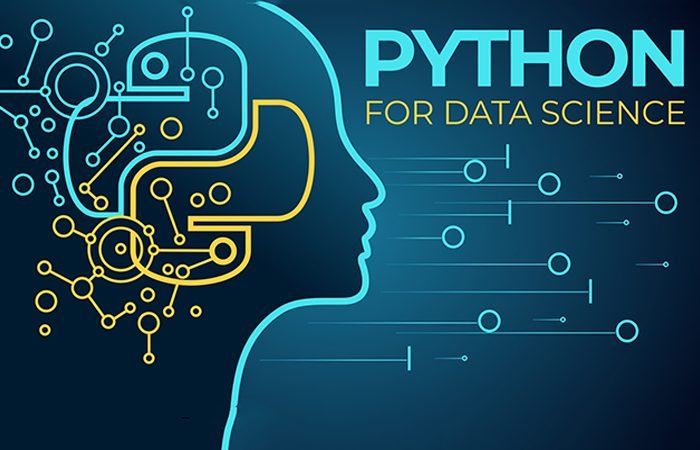

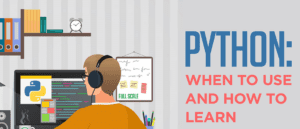 To get an edge for your career in artificial intelligence, here are some of the biggest advantages of the standalone programming language in itself.
To get an edge for your career in artificial intelligence, here are some of the biggest advantages of the standalone programming language in itself.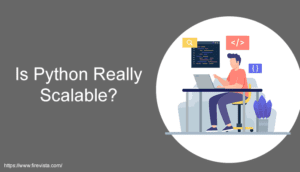 The scalability aspect of Python is the second reason why companies prefer their data science professionals to know Python. Scalability is immensely important in both data science and artificial intelligence, mainly because of the fact that new discoveries are being made on the regular.
The scalability aspect of Python is the second reason why companies prefer their data science professionals to know Python. Scalability is immensely important in both data science and artificial intelligence, mainly because of the fact that new discoveries are being made on the regular.
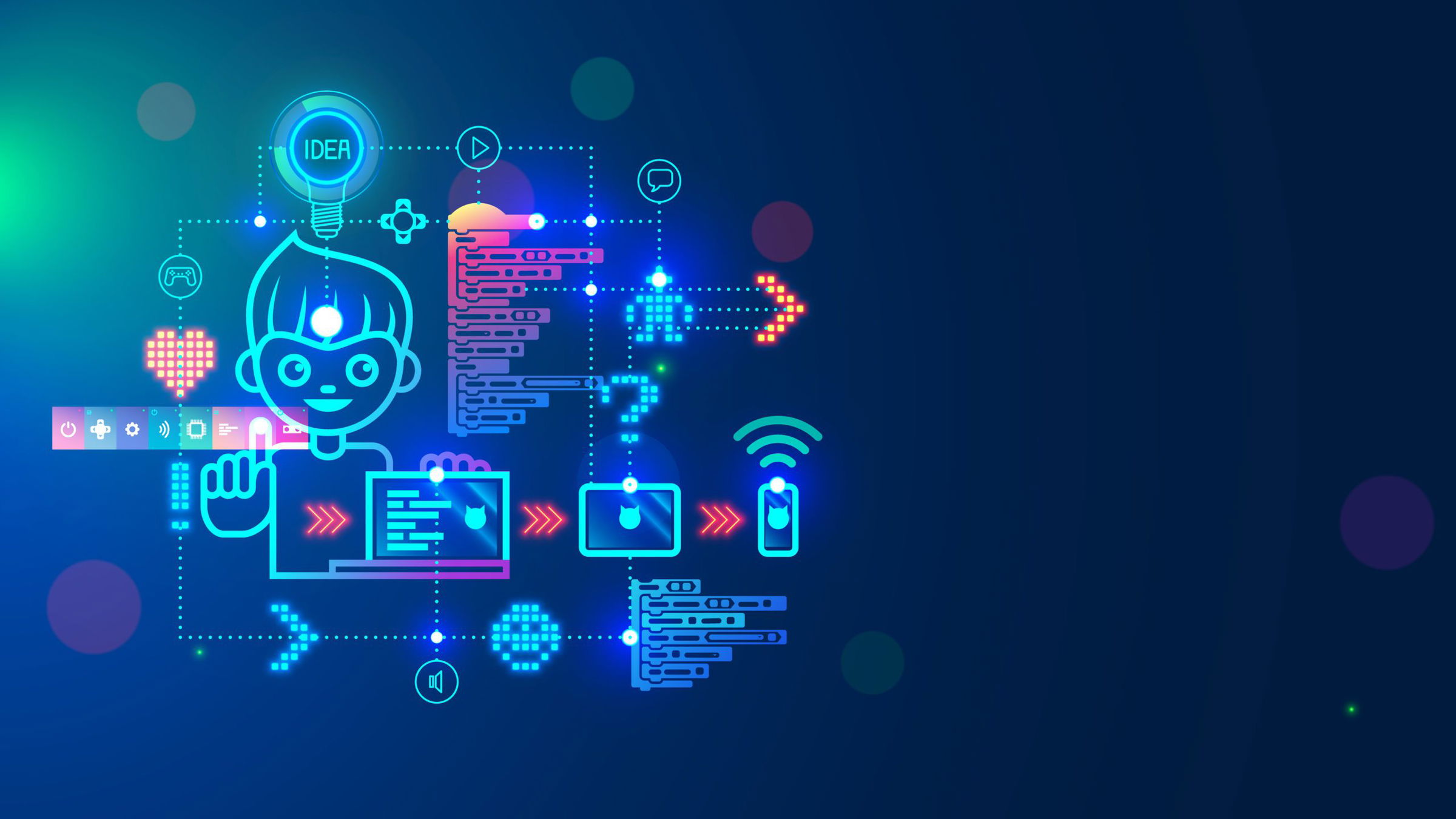
 What is Python?
What is Python?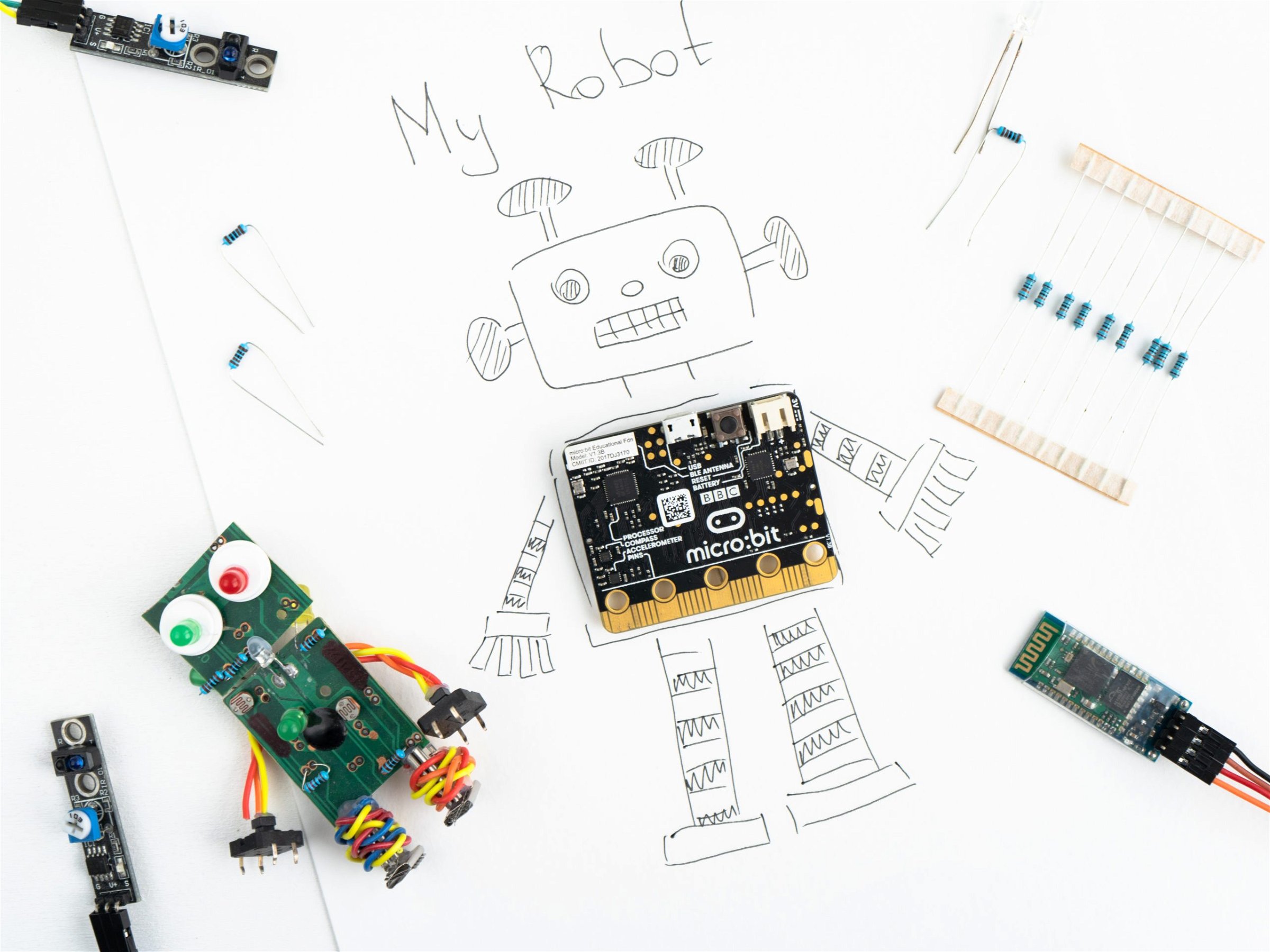 How to learn Python?
How to learn Python?
 In the following Python tutorial, we will discuss what logistic regression is, and how you can use this machine learning algorithm through Python while using Python for data science.
In the following Python tutorial, we will discuss what logistic regression is, and how you can use this machine learning algorithm through Python while using Python for data science. Taking such a course will help you learn the various concepts present in this subject including several machine learning algorithms and the use of artificial intelligence (AI). You can get a
Taking such a course will help you learn the various concepts present in this subject including several machine learning algorithms and the use of artificial intelligence (AI). You can get a 

 After a course in applied data science with python specialization, you can choose several career paths. Some are stated below:
After a course in applied data science with python specialization, you can choose several career paths. Some are stated below: